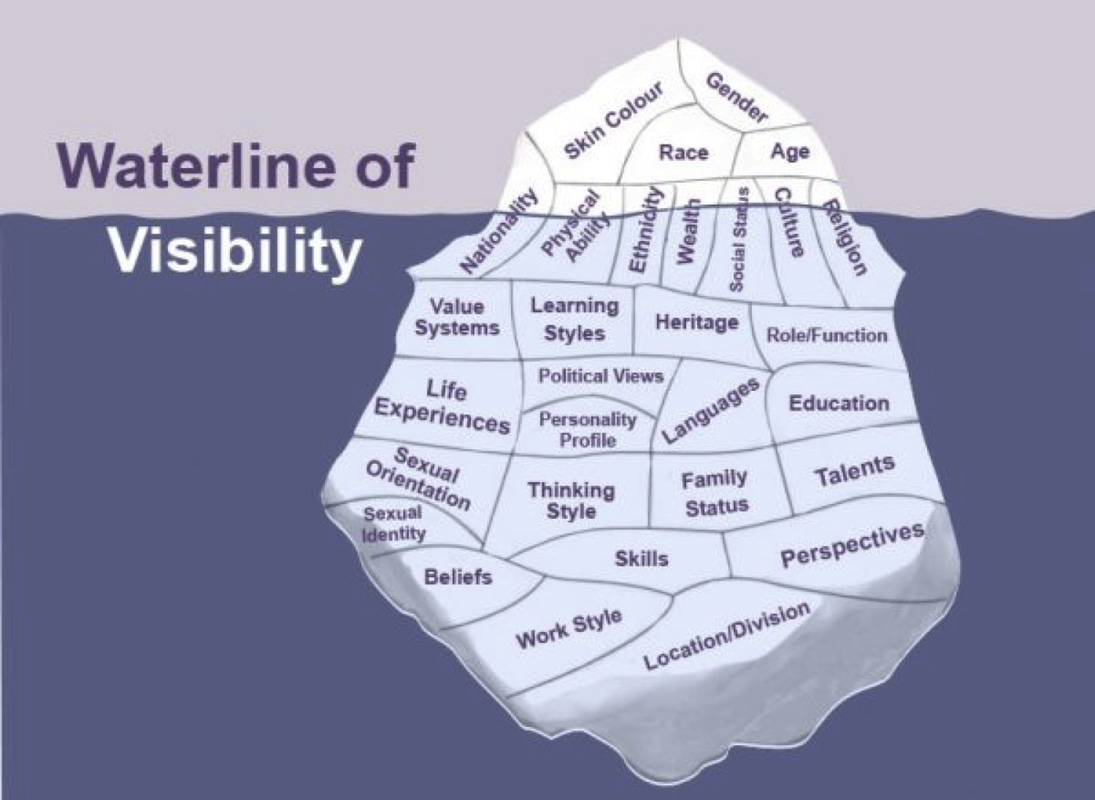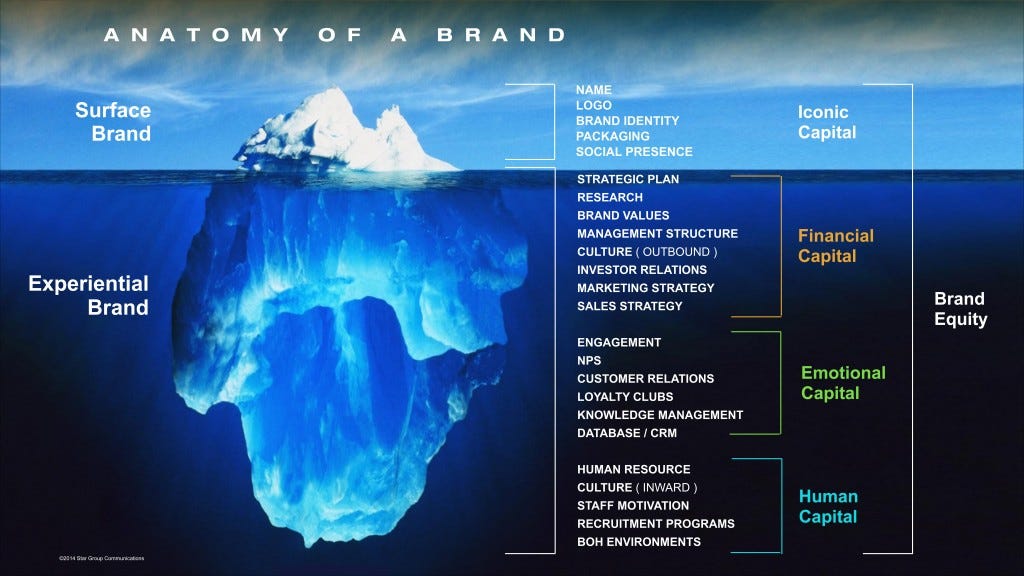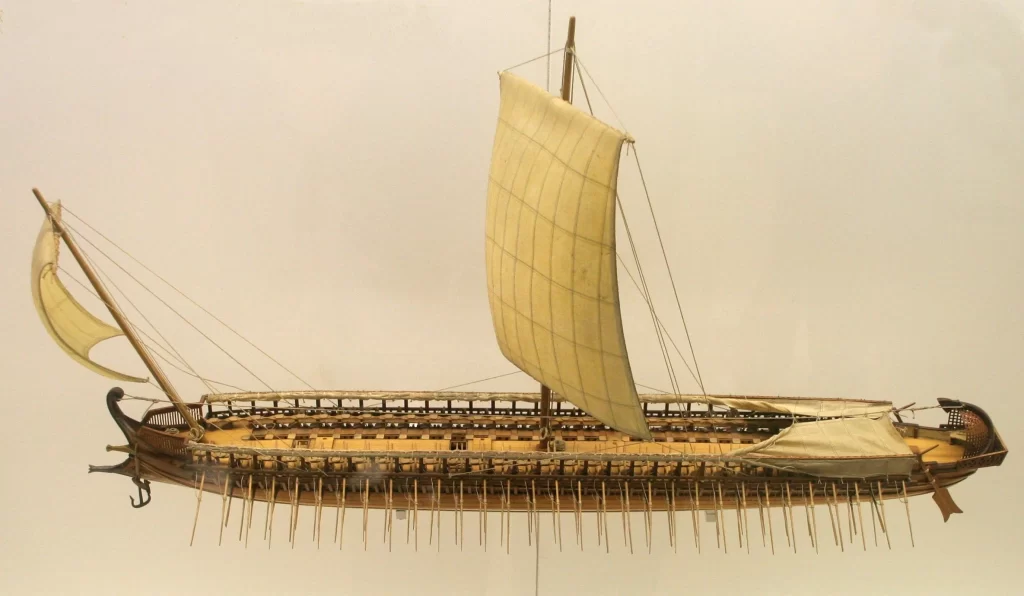Newsletter #15 08.04.2021
Theseus paradox
Ancient Greek historian Plutarch wrote about the Theseus Paradox in Plutarch’s Lives.
Theseus was a Greek mythological hero and the supposed founder of Athens. Theseus is said to have won many battles and defeated several monsters, including the Minotaur.
When Theseus returned from his adventures, Athens’ citizens promised to preserve his ship. As different parts of the ship rotted, they were replaced. This continued for many years.

Ultimately, so much of the ship was replaced that a paradox arose: Was it still Theseus’s ship? When so many elements change, does identity change too? What does identity comprise of? Is it the tangible nuts and bolts of something? or is it more intangible? At what point did the identity of Theseus’ ship change? When the first plank was changed? The 30th? Or the final one?
Our Identity is a Work in Progress
Harvard psychologist Daniel Gilbert rightly said, “Human beings are works in progress that mistakenly think they’re finished.”
Like Theseus’ ship, cells in our body are being replaced every week, every month, every year. Different cells have different life spans. Colon cells – 4 days; skin cells – 2-3 weeks; neurons – a lifetime.
Not just the cells in our body but how we dress, speak, think, and feel changes throughout our lives. Our relationships change, and so do our interests and values.
So, what is our real identity? Is our identity defined by how others see us above the waterline of visibility? Or how we feel inside, i.e., below the waterline?
The answer is that it is both.

It’s clear that the invisible molds the visible. And that we are evolving at every moment – some consciously and some unconsciously.
We live in the belief that we will become our ideal selves tomorrow. But it takes us decades to figure out what we want our ideal selves to be.

The truth is that all the versions of us from this moment on until we become our ideal selves are also us.
As the Greek philosopher Heraclitus said – we don’t step in the same river twice. Everything is constantly changing. Yet, the river is still the river. The core identity remains.
Brand Identity
Brand campaigns change every year, if not more frequently. Brand managers change, and agency partners change.
Yet the brand identity remains.
The brand identity iceberg concept mirrors the personal identity one.

When we take this logic further, we also see that the idea of having a pathway to our future brand identity and future personal identity is similar.

Yet the irony is that we climb towards brand vision like a sure-footed goat in the Alps on a windy day but are on shaky ground when it comes to our future personal identity.
Also, compared to our personal identity, brand identity seems more “stable” and under control, right?
Why does that happen? Because we have mechanisms that create emotional distance from our brand’s identity-
- Brand documents clearly define tone and manner, personality, reason to believe, etc.
- We study third-party conducted brand equity research to learn our brand’s strengths and weaknesses
- We have an ambitious brand vision and frequently review annual plans to achieve it
- We keep our ear to the ground and course-correct constantly
- We are answerable on our progress to an accountability committee
If we approached personal identity like we approach brand identity, we might remove pain and fuzziness from our lives around the question, “who am I and where am I going?”
All brand campaigns are designed to titillate consumers’ personal identities in two ways
All brand campaigns are of two kinds:
1) Those that depict the consumer like she is today – Brand = Me
2) Those that show consumers what they could be in the future – Brand = Ideal Me of Tomorrow
Let’s look at examples of both.
Brand = Me
Brands build intimacy with consumers by showcasing one insightful quirk of local culture. They do this with a light touch that gets a chuckle out of their consumers. Consumers instantly identify with such brands because even though they may not see this quirk daily, it is part of their collective consciousness.
Two brands are masters at this.
Fevicol
Fevicol is used not just by carpenters, but by anyone who owns stuff prone to tiny tears and breaks. This particular Fevicol advertisement shows the Indian quirk of recycling furniture, wrapped in the cultural insight that the wife’s identity takes on her husband’s profession or last name. Watch it here.
Times of India
The Times of India is a newspaper, so it had the license to show the mirror to our society, which it did brilliantly in this “A Day in the Life” campaign.
Dated, but still relevant.
Brand = Future Me
Most fitness and self-improvement brands paint an aspirational future identity, and this is a powerful way to forge a connection between the brand and consumers.
Self-improvement is a chase that never ends. That’s why this is an evergreen positioning plank.
Although it is important that the brand stay ahead of the consumer and keep them on their toes. Because the minute consumers catch up, they lose interest.
These brands show us that striving and pushing ourselves to become our future selves IS our entire identity. May we never arrive at this destination; the minute we do, we lose our identity.
Nike comes to mind. Right from their first “Find Your Greatness” campaign, each campaign keeps raising the bar on becoming our ideal self.
You may have seen this before. But just because it is so…great… It’s worth sharing.
Thanks for reading!
